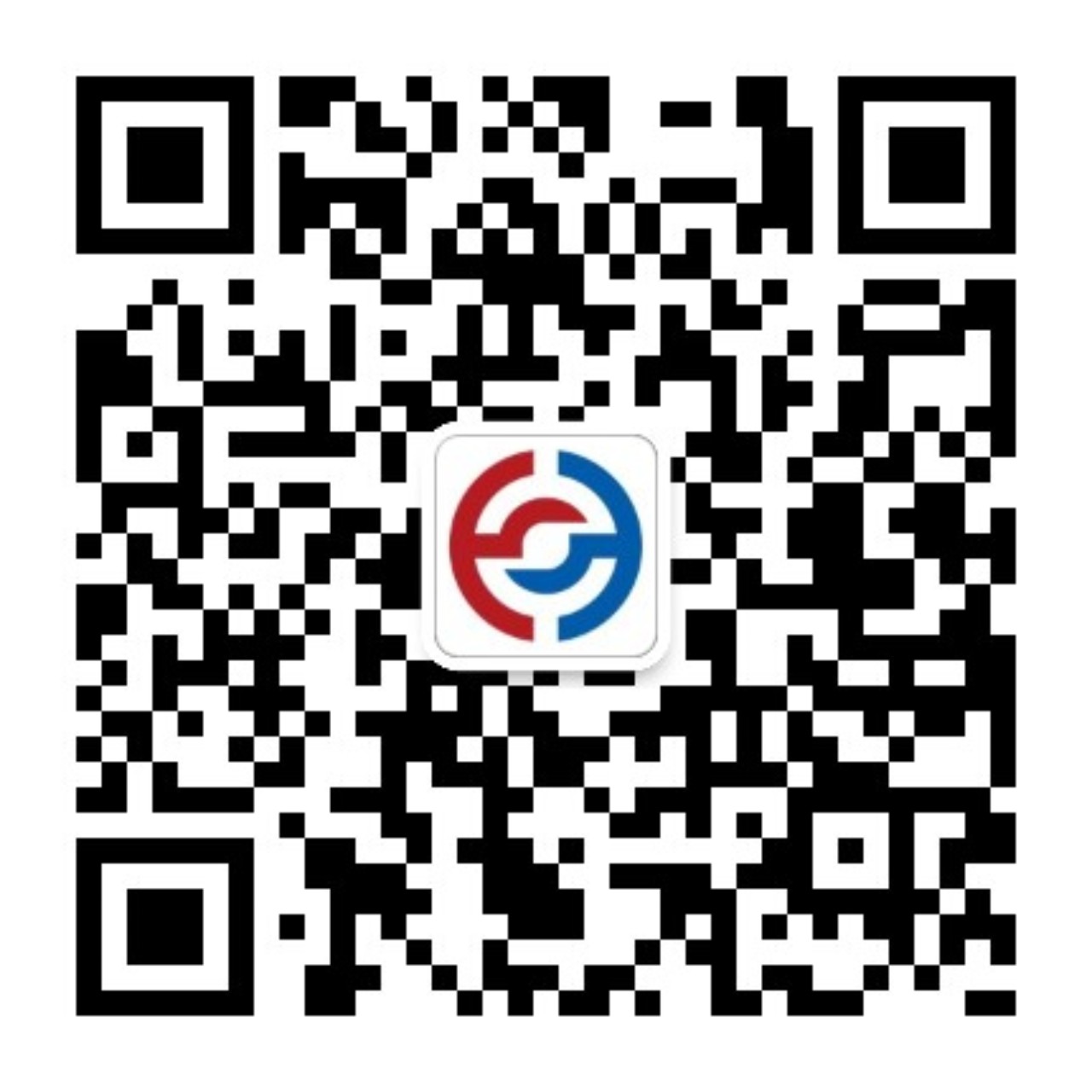新加坡出口超出预期,电子和制药行业提振NODX。新加坡11月的非石油国内出口(NODX)表现强于预期,这进一步表明,随着全球需求的稳定,新加坡的贸易周期仍处于复苏模式。新加坡企业发布的官方数据显示,NODX同比增长11.6%,轻松超过了市场7.0%的增长预期。
Singapore exports beat expectations as electronics and pharma lift NODX.Singapore's non-oil domestic exports (NODX) delivered a stronger-than-expected performance in November, reinforcing signs that the city-state's trade cycle remains firmly in recovery mode as global demand stabilises. Official data released by Enterprise Singapore showed NODX rose 11.6% year on year, comfortably beating market expectations for a 7.0% increase.
